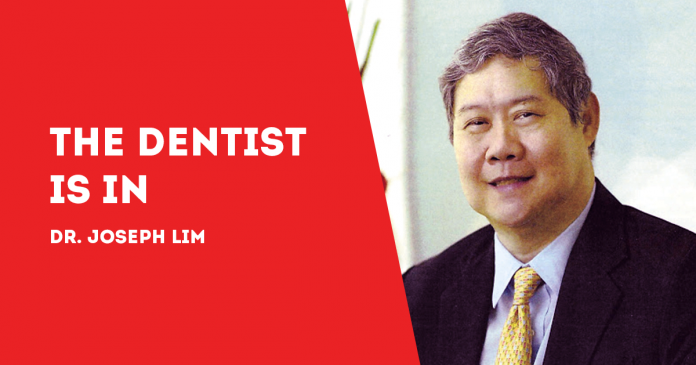
HOLD your breath: $136 billion.
That’s the total annual costs in America related to dental care – as estimated by the US. Centers for Disease Control and Prevention (CDC) and based on several reports and studies.
In the United States, on average, over 34 million school hours are lost each year because of unplanned (emergency) dental care. Over $45 billion is lost in productivity in the United States each year because of untreated oral disease.
In 2016, there were 2.2 million emergency room visits for dental emergencies. The Medicaid health insurance pays for about 70 percent of these visits for children and about 41 percent for adults.
During 1996-2013, $26.5 billion was spent on dental care for children and adolescents. About 70 percent of this total was used for preventive services, such as general exams and cleanings, X-rays and orthodontic treatment such as braces.
Nearly 18 percent of working-age adults report that the appearance of their mouth and teeth affects their ability to interview for a job. For people with low incomes, the percentage increases to 29 percent.
Oral diseases – which range from cavities to gum disease to oral cancer – cause pain and disability for millions of Americans. Cavities (also called tooth decay) are one of the most common chronic conditions in the United States. Non-Hispanic blacks, Hispanics and American Indians and Alaska Natives generally have the poorest oral health compared to other U.S. racial and ethnic groups.
About one in six children aged 6 to 11 years have had at least one cavity. More than half of children aged 12 to 19 have had cavities during adolescence, and about one in six have untreated cavities.
More than one in four adults have untreated cavities, and nearly half of those aged 30 or older show signs of gum disease. If left untreated, these conditions can lead to tooth loss.
More than one in six adults aged 65 or older have lost all their teeth, which can affect nutrition. People who smoke are three times as likely as nonsmokers to lose all of their teeth.
The CDC and its partners promote effective interventions to prevent cavities and save money. They recommend dental sealants, for example, as a quick, easy and painless way to prevent most of the cavities that children get in their permanent back teeth where nine in 10 cavities occur.
In America, school sealant programs provide dental sealants at no charge to children who are less likely to receive private dental care. Almost 1 million cavities have been prevented in low-income American children as a result of dental sealant programs supported by CDC funding.
It says the benefits of school sealant programs are greater than their cost when they serve children at high risk for tooth decay. These programs become cost-saving after two years and save more than $11 for every tooth sealed over four years.
Providing sealants to the nearly 7 million low-income children who need them could save up to $300 million in averted dental treatment costs.
Dental sealants reduce cavities in permanent molars by 80 percent for two years after placement and continue to protect against 50 percent of cavities for up to four years.
***
Dr. Joseph D. Lim is a former Associate Dean of the UE College of Dentistry, former Dean of the College of Dentistry, National University, past president and honorary fellow of the Asian Oral Implant Academy, and honorary fellow of the Japan College of Oral Implantologists. Honorary Life Member of Thai Association of Dental Implantology. For questions on dental health, e-mail jdlim2008@gmail.com or text 0917-8591515./PN

